Cobach
Cobach
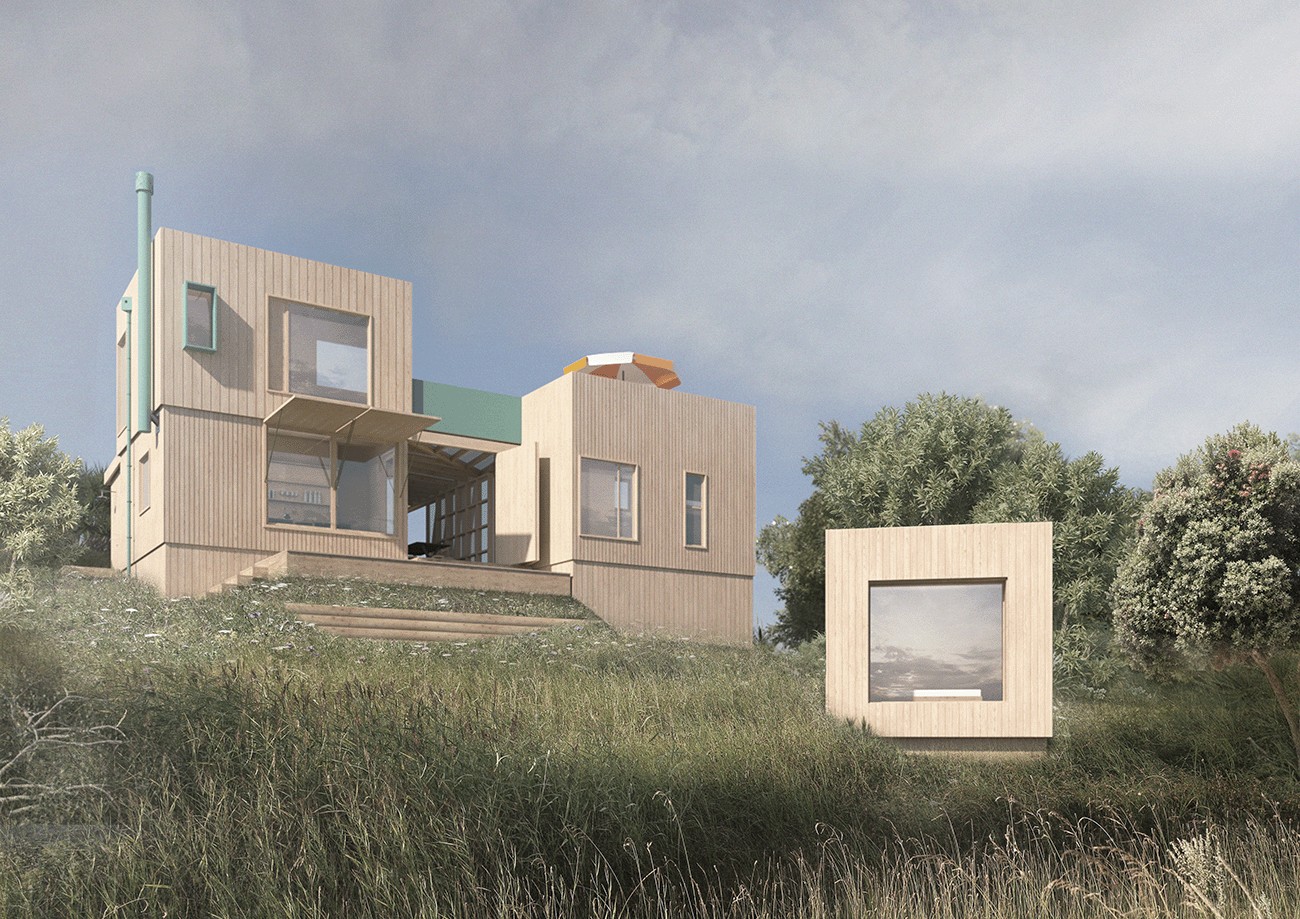
Cobach — View from the West
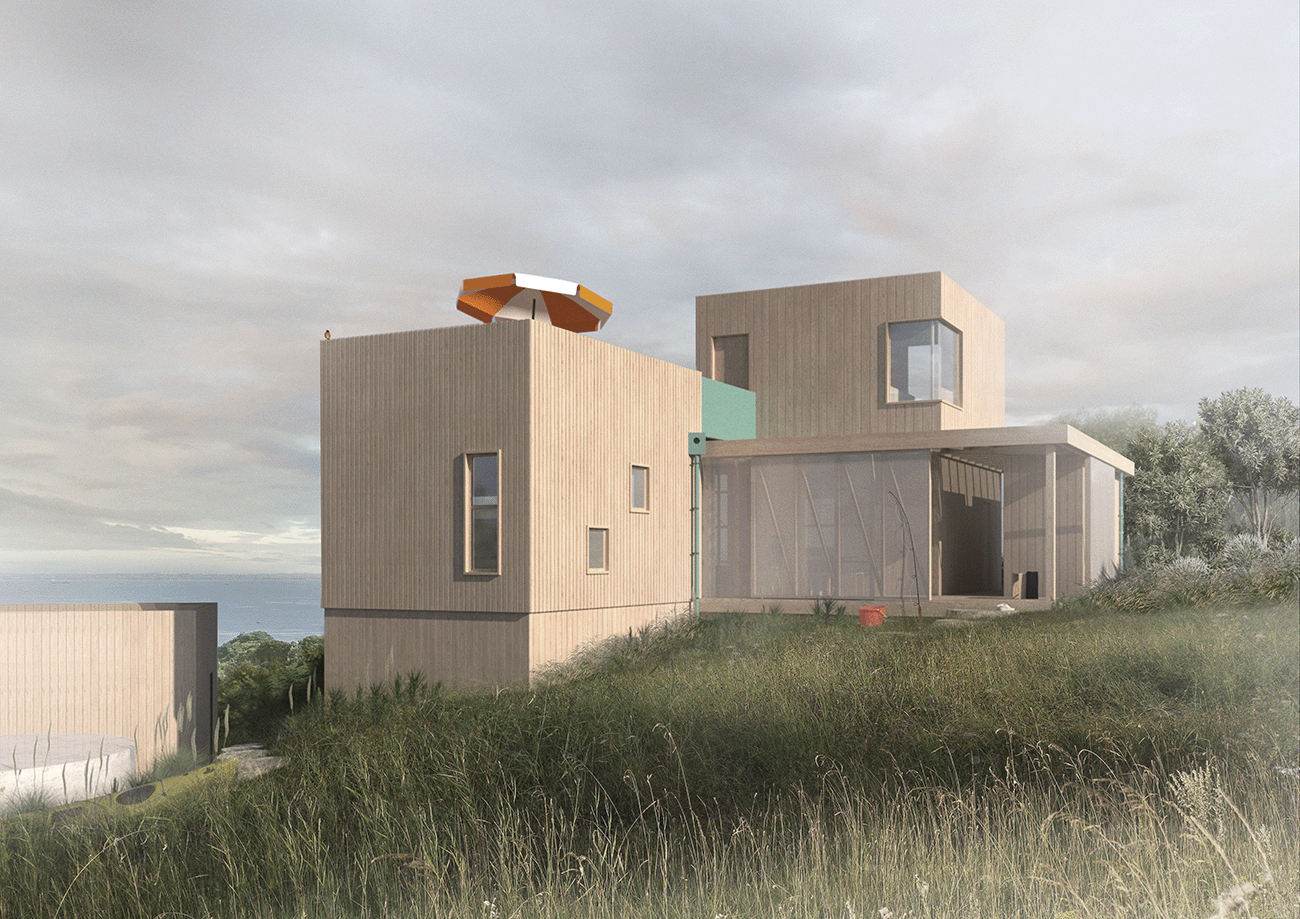
Cobach — Entry View from the South East
Discovery —
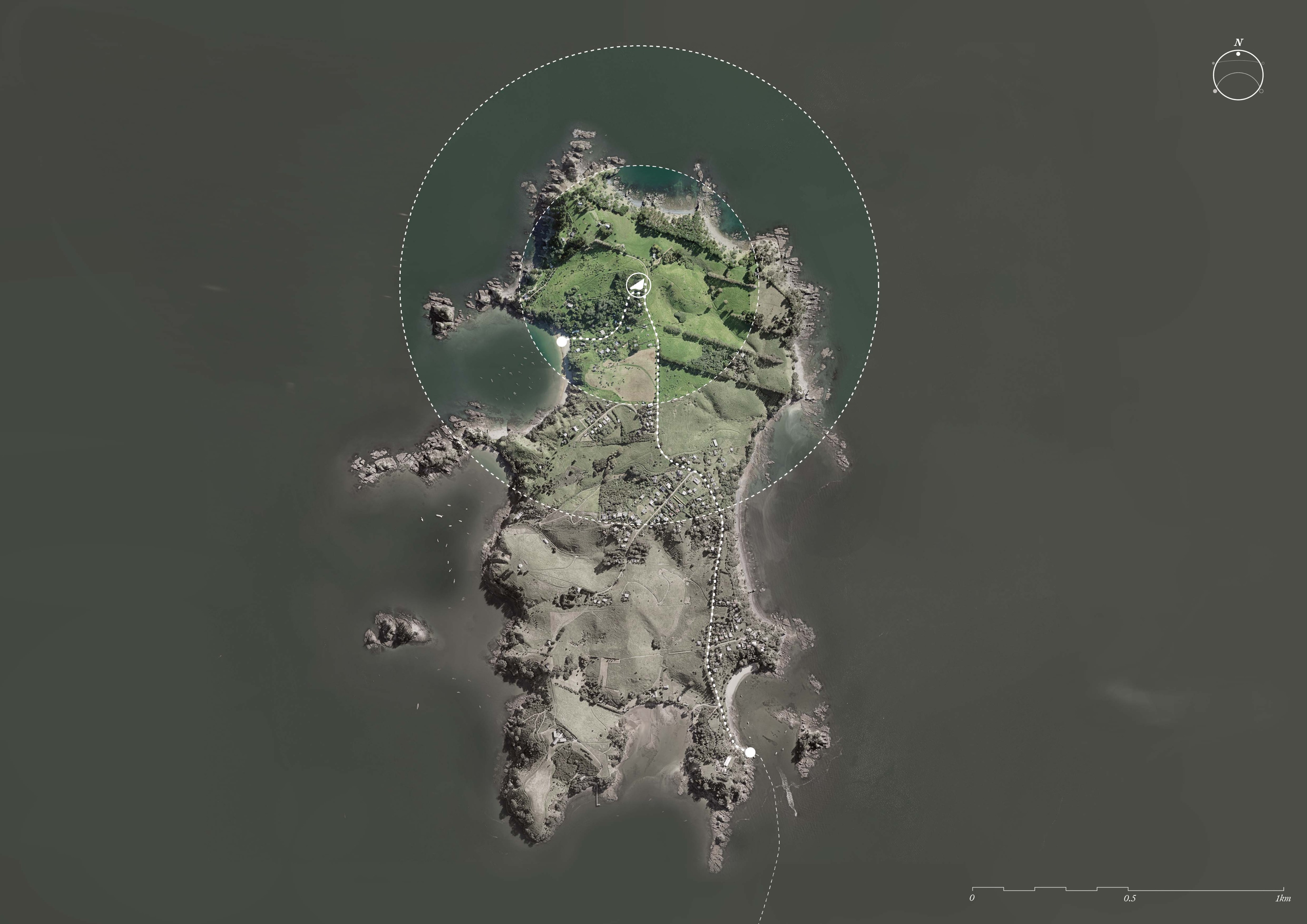
Site Plan —
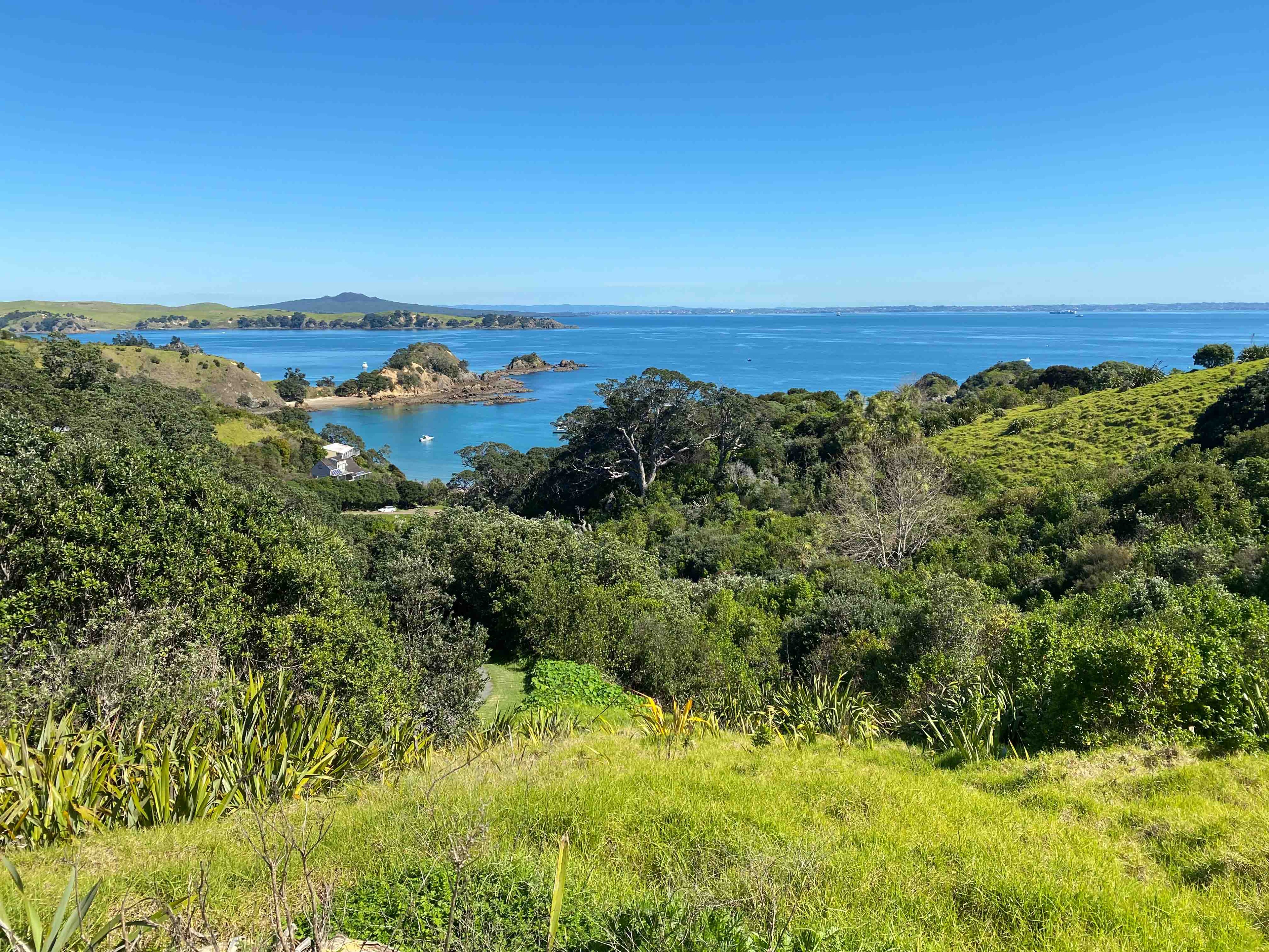
Existing Site Condition — View to the West towards Woody Bay, Motutapu Island, Rangitoto Island & Auckland's North Shore.
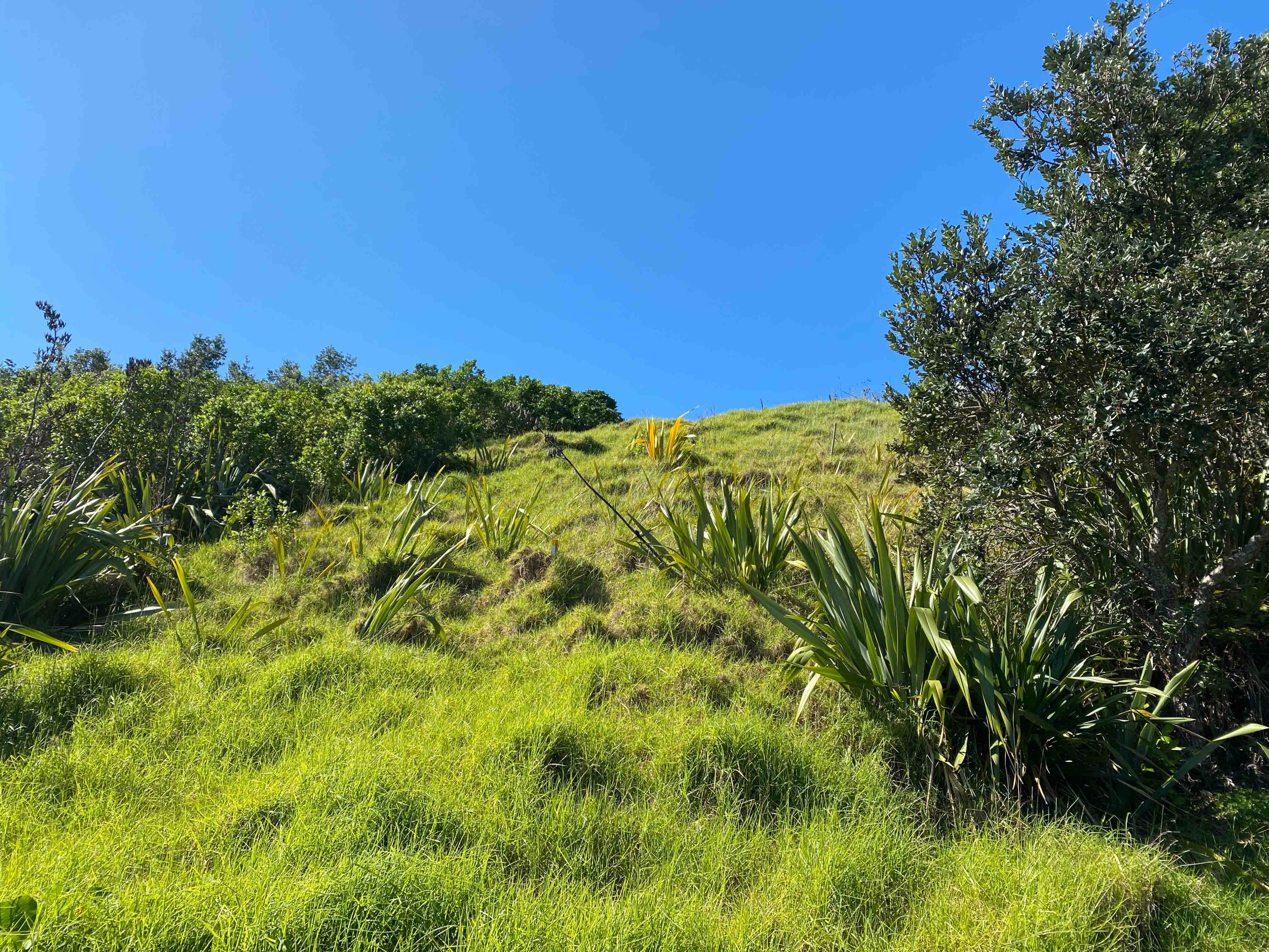
Existing Site Condition — View from the bottom of the site towards the East.
Concept Design —
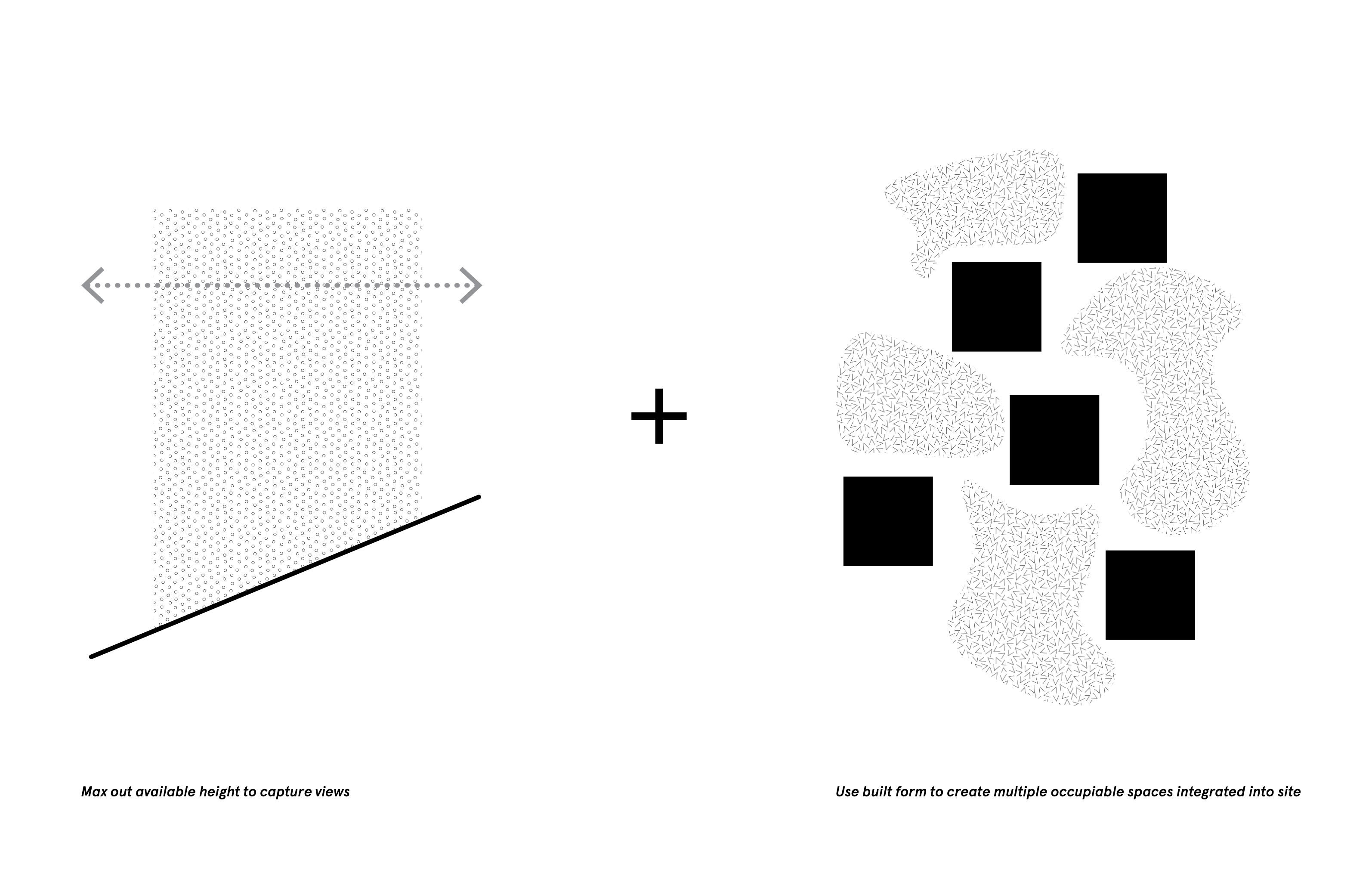
Conceptual Driver —

Plan — Ground Floor
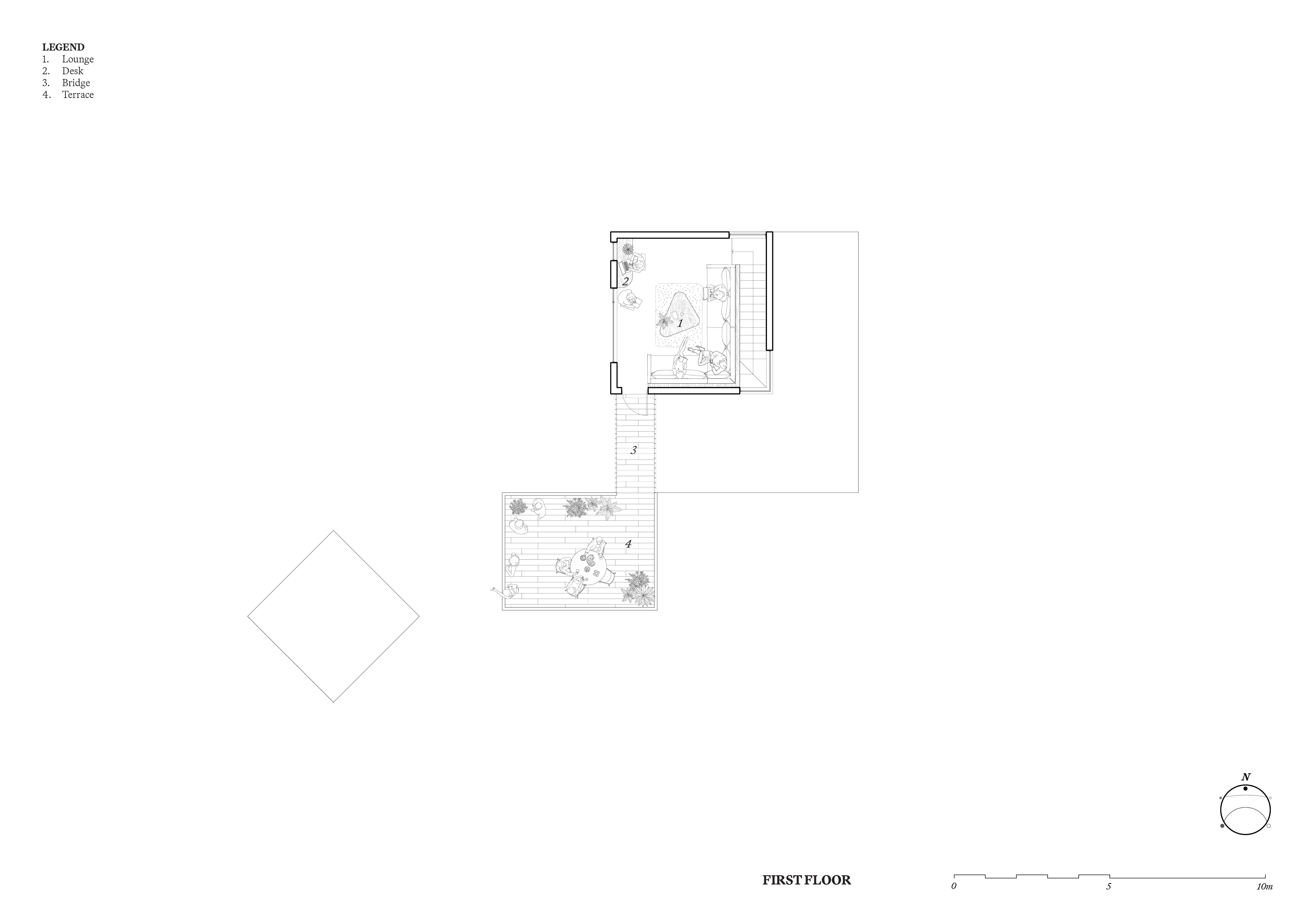
Plan — First Floor
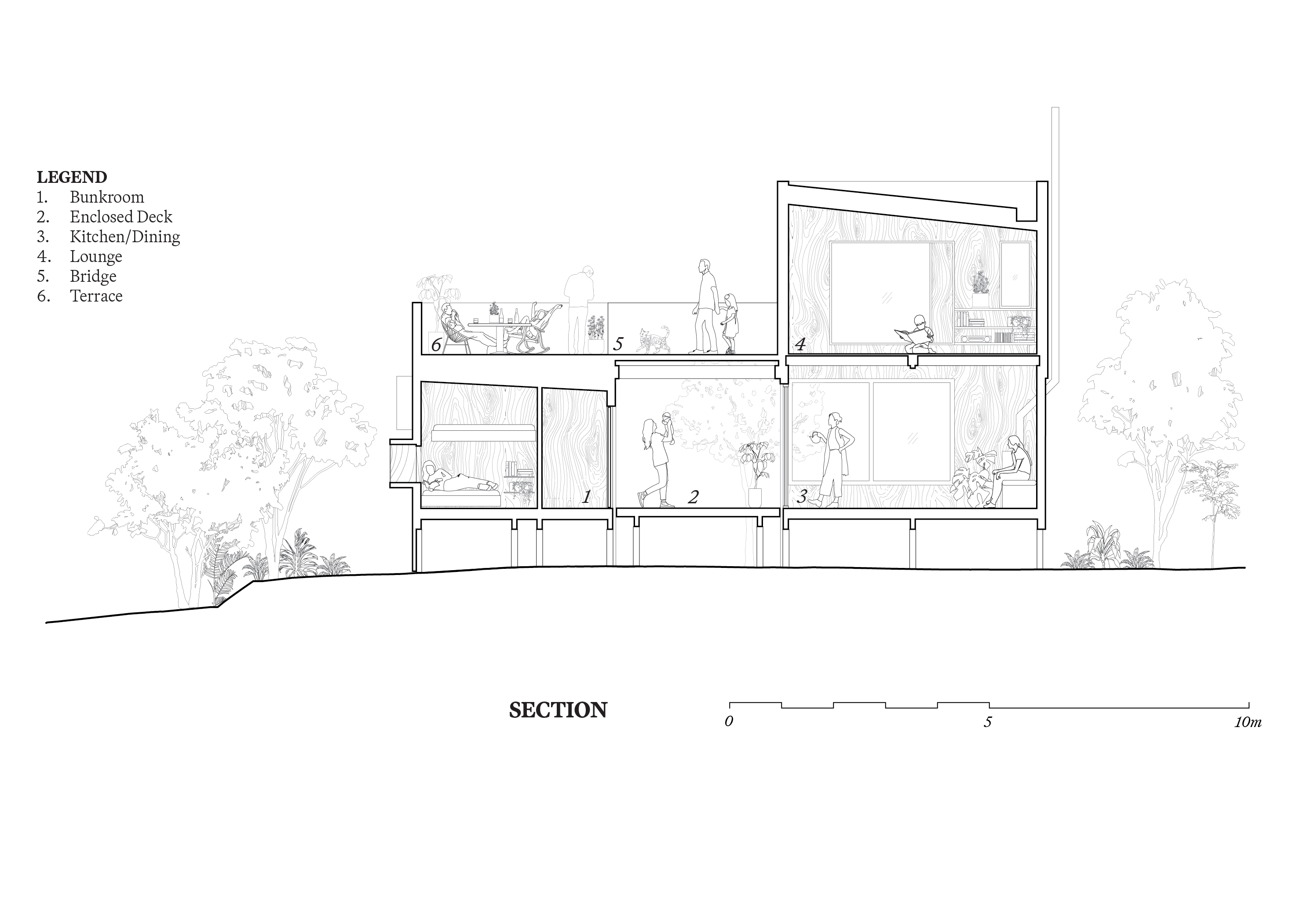
Section —
Information
-
Client
Cobach
-
Location
Rakino Island, Hauraki Gulf
-
Year started
2021
-
Status
Detailed Design
CoBach is an island retreat shared between four families on Rakino Island.
Going against the current trend in New Zealand of multi-bedroom, sprawling holiday homes that are used sporadically throughout the year, the bach focuses on taking a minimal impact on the land, and maximum occupancy approach through its notion of shared ownership and communal living.
The makeup —
The bach provides a shared bedroom bunk room, with a focus on the communal areas such as an open plan kitchen and dining area that opens out onto an enclosed terrace. The communal areas are conceived as gathering spaces that foster human connection, whilst creating experiences that connect with the beauty of the surrounding natural environment. Tenting platforms surround the bach to supplement the bunk room – allowing the bach to comfortably expand and contract without having to build a larger footprint that’s only used minimally throughout the year.
The design —
Pairing the building back to only the essential elements required, the bach is utilitarian in its design, but simultaneously beautifully crafted. This design approach speaks both to the original architecture of the island, but also creates a dialogue with the surrounding landscape that will be rewilded with native species over time.
Limiting its impact on the environment through the promotion of carbon sinking materials, the design utilises a natural material palette, with locally grown macrocarpa which will quietly silver off with time. The design also employs low impact building systems and methodologies, operating entirely off-grid with onsite rainwater harvesting and renewable energy generation. Due to the remote nature of the site, prefabrication construction techniques will be used, to allow it to be built mainly off-site and shipped by way of barge to the island. Such techniques limit the amount of product wastage in its construction.
- Key Spaces
- Combined Kitchen & Dining
- Lounge & Study nook
- Outdoor Room/Dining
- Bunkrooms
- Crows Nest Terrace
- Services Pod
- Tenting Platforms
The result —
It is hoped that such a typology will offer an alternative way of occupying the land to a modern holiday retreat: prioritising communal gathering whilst limiting the impact on the environment recalling bach living of times gone by.
Project Team —
Surveyor — KWC
Geotechnical Engineer — Initia
Structural Engineer — BG&E